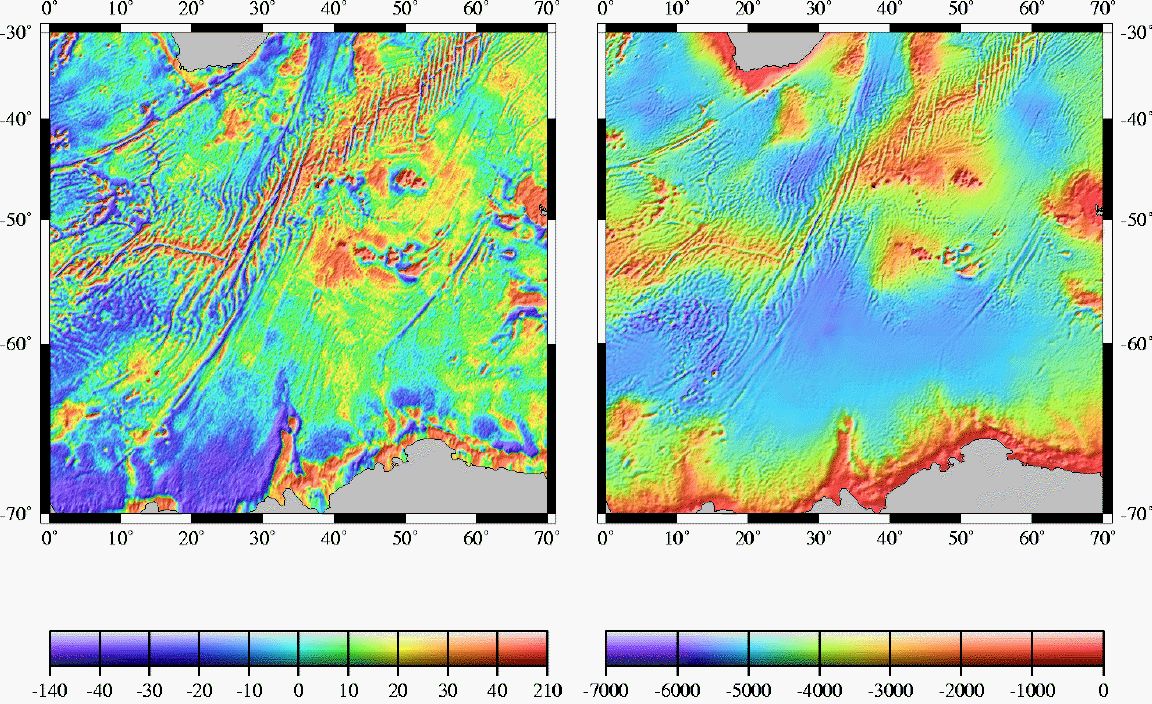Geophysicists from the UK and France stumbled upon huge deposits of carbon in the western United States. A huge reservoir with carbon dissolved in the mantle lay at a depth of 350 kilometers. According to preliminary calculations of scientists, the area of the carbon reservoir is approximately 1.8 million square kilometers. It is located in the upper layer of the mantle.
It follows from the publication of the University of London that the center of the Yellowstone hotspot of the US supervolcano (a volcanic basin in the Yellowstone National Park in the north-west of the USA) is located above the carbon deposits.
The experts discovered their find thanks to a network of 583 seismic sensors that measured the Earth’s vibrations. They gave geophysicists data that there is much more carbon in the upper mantle of the specified place than scientists thought.
“It is physically impossible to see the Earth’s mantle, so with this massive group of sensors, we drew a picture using mathematical equations to interpret what is below us,” says Dr. Sash Hir-Majamder.
It turned out that a huge reservoir of carbon was formed due to the melting of rocks after the immersion of part of the Pacific lithospheric plate under the North American one.
As a result of this study, scientists have data that the amount of CO2 in the upper mantle of the Earth can be up to 100 trillion tons. Deposits can contribute to climate change, albeit very slowly, scientists say.
“For example, releasing only 1% of the underlying CO2 into the atmosphere will be equivalent to burning 2.3 trillion barrels of oil,” Dr. Sash Hir—Majamder summed up.
Geophysicists managed to detect carbon in the bowels of the Earth with the help of the world’s largest array of 583 seismic sensors. The data obtained by experts suggest that the upper mantle contains much more carbon than previously thought — up to one hundred trillion tons.
Experts were able to find out the reason for such an unusual phenomenon. The thing is that part of the Pacific lithospheric plate is submerged under the North American one. This led to the fact that water and carbon dioxide melted rocks.




































